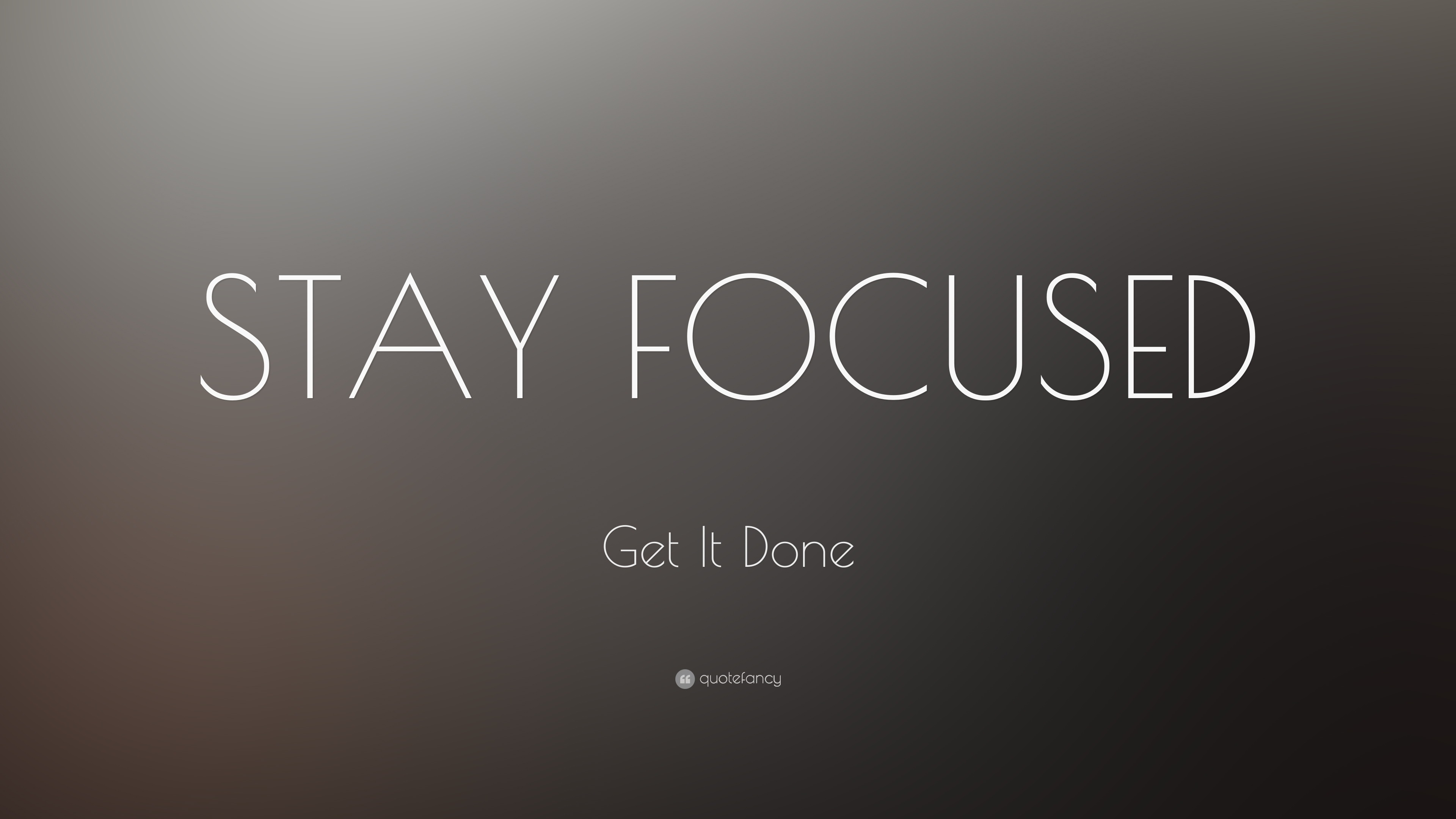
If I look at my own experience before I had my own company, in one organisation I remember people just didn’t turn up for meetings that were in their diaries. Are you being clear about expectations and what “done” looks like? If the work isn’t done, what happens? Is there a conversation to talk through what went wrong? This all requires time from the manager and is something that is often pushed to the bottom of the pile because it’s uncomfortable or because there are more pressing issues to resolve. If people aren’t doing what you need them to do and you aren’t managing that effectively, nothing will change. If people aren’t getting stuff done or aren’t taking responsibility, there must be consequences. Whatever comfort level there is in the organisation, there has to be something. Influential Internal Communication, Jenni Field The way people behave will often give you an indication of what motivates them… listening to individuals, watching how they respond to situations, etc, will help you identify the scale of each one for your team. This leans into areas around psychological safety too so it can be a complex part of organisations. What’s stopping them? Once we understand that, we can adjust how we treat them, and we can focus on the different ways that will help motivate them. But getting to the root cause of the issue is important. If you’ve got an issue with people not stepping up, not taking responsibility, not getting stuff done, you have to understand why. This is a great model that helps us understand what motivates people, because it can be a mix of self-esteem, it can be autonomy, it can be different things. We must understand what motivation means for different people. There’s a model called SPACES (Self-esteem, Purpose, Autonomy, Certainty, Equity, Social Connection), which was created by author and neuroscience expert, Hilary Scarlett and I cover it in my book Influential Internal Communication. This debate isn’t relevant for anyone working in nursing, hospitality or travel, for example. The whole hybrid discussion is only relevant for people working in an office because they can now choose (to some extent) where they work. Those working in offices generally have more of it.

In our Remotely Interested? research this came up as we looked at channels – intrusive channels like digital screens don’t give autonomy, whereas a noticeboard is there for people to choose to engage with – it’s little things like that that can make a difference.Īs a leader or a knowledge worker, autonomy is easier to achieve. There is little autonomy over the bus route or shifts, so we have to find ways to give those employees more choice in other areas. Those that work on the frontline often have little autonomy over their work – think bus drivers, for example. It’s often one that comes up for deskless workers. I think autonomy is the hardest one to achieve across the whole organisation. If people in an organisation have these three things, we start to get into intrinsic motivation territory, which is what we want to get to. We’ve got to make sure people have that in the workplace. And if they don’t, we need to find ways of enabling them to have that.

Have people got the autonomy to do stuff? Can they master the skills that they’re using? And have they got a clear purpose about why they’re doing what they’re doing? Daniel Pink writes all about this in his book, Drive: The surprising truth about what motivates us. These three pillars are: autonomy, mastery and purpose.

When we are intrinsically motivated, we complete an activity for its inherent satisfaction, rather than because of the likely consequence of the action. There are lots of different theories about motivation, but first we need to understand the three pillars of intrinsic motivation. And at the heart of the answer is the need to understand a bit more about motivation.


 0 kommentar(er)
0 kommentar(er)
